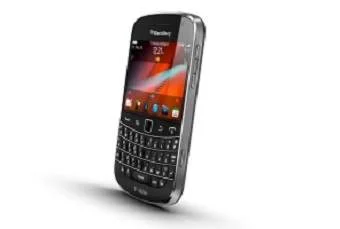The Blackberry smartphone brand will finally be revived at the end of the month.
The announcement comes after several months of a completely dried up product tap after manufacturer Research in Motion had to go back to the drawing board and come up with something new.

The Blackberry Bold 9900 may not be completely new, but it’s a start. The 9900, which will be available exclusively through T-Mobile on August 31, is the company’s first step to earning back some of the market share it has sloughed off over the last two years.
First, it has 4G data connectivity, 620p HD video support, a new version of Blackberry Messenger, 8 GB of internal memory.
There’s one killer factor, though – it will cost $300 with a new two-year service agreement. Ouch.
RIM became one of those companies that felt it was too high and mighty to fail. If you owned a business and wanted to get phones for your employees, you signed a big Blackberry contract. If you worked for a large corporation and longed for a position where you got a company phone, you knew it would be a Blackberry.
And so RIM must have felt pretty smug. That is, until Android and iPhone came along, and enterprise customers started realizing those other platforms could actually do everything Blackberry could, and more.
But even with that mounting pressure, RIM was still blind. It launched a new version of its Blackberry software last year and seemingly expected the crowd to go wild when it showed off things like “universal search” – a feature that Android users had been using for so long it seemed boring.
Beyond that, the software itself looked almost exactly like the same Blackberry interface the company had been using for years – decades, even – just with a new skin.
It wasn’t until RIM introduced the Playbook, its answer to Apple’s iPad, that something finally got through to the people in the boardroom. They needed to use a brand new operating system, built from the ground up. QNX was that operating system.
Although reviewers were ultimately frustrated with the lack of apps and the annoying need to tether it to a Blackberry phone for full access, the defining features of QNX – like multitasking, easy navigation, and efficient use of processing power – were heralded.
So there is definitely a winner hidden somewhere in the idea of a QNX-powered phone, which will come out early next year, but the question is whether or not RIM will be able to unleash it.






